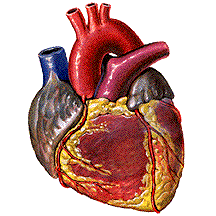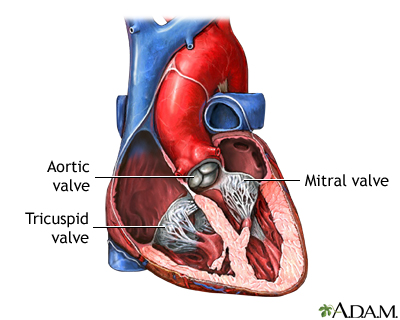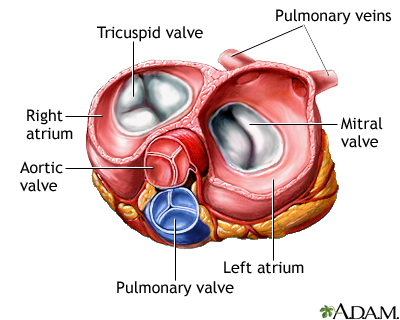Many people who have chronic kidney disease don't know it, because the early signs can be very subtle. It can take many years to go from chronic kidney disease (CKD) to kidney failure. Some people with CKD live out their lives without ever reaching kidney failure.
However, for people at any stage of kidney disease, knowledge is power. Knowing the symptoms of kidney disease can help you get the treatment you need to feel your best. If you or someone you know has one or more of the following symptoms of kidney disease, or you are worried about kidney problems, see a doctor for blood and urine tests. Remember, many of the symptoms can be due to reasons other than kidney disease. The only way to know the cause of your symptoms is to see your doctor.
Symptom 1: Changes in Urination
Kidneys make urine, so when the kidneys are failing, the urine may change. How?
- You may have to get up at night to urinate.
- Urine may be foamy or bubbly. You may urinate more often, or in greater amounts than usual, with pale urine.
- You may urinate less often, or in smaller amounts than usual with dark colored urine.
- Your urine may contain blood.
- You may feel pressure or have difficulty urinating.
What patients said:
"When you go to use the restroom, you couldn't get it all out. And it would still feel just like tightness down there, there was so much pressure."
"My urine is what I had started noticing. Then I was frequently going to the bathroom, and when I got there, nothing's happening. You think, 'Hey, I've got to go to the john,' and you get there: two, three drops."
"I was passing blood in my urine. It was so dark it looked like grape Kool-Aid. And when I went to the hospital they thought I was lying about what color it was."
Symptom 2: Swelling
Failing kidneys don't remove extra fluid, which builds up in your body causing swelling in the legs, ankles, feet, face, and/or hands.
What patients said:
"I remember a lot of swelling in my ankles. My ankles were so big I couldn't get my shoes on."
"My sister, her hair started to fall out, she was losing weight, but her face was really puffy, you know, and everything like that, before she found out what was going on with her."
"Going to work one morning, my left ankle was swollen, real swollen, and I was very exhausted just walking to the bus stop. And I knew then that I had to see a doctor."
Symptom 3: Fatigue
Healthy kidneys make a hormone called erythropoietin (a-rith'-ro-po'-uh-tin) that tells your body to make oxygen-carrying red blood cells. As the kidneys fail, they make less erythropoietin. With fewer red blood cells to carry oxygen, your muscles and brain become tired very quickly. This condition is called anemia, and it can be treated.
What patients said:
"I was constantly exhausted and didn't have any pep or anything."
"I would sleep a lot. I'd come home from work and get right in that bed."
"It's just like when you're extremely tired all the time. Fatigued, and you're just drained, even if you didn't do anything, just totally drained."
Symptom 4: Skin Rash/Itching
Kidneys remove wastes from the bloodstream. When the kidneys fail, the buildup of wastes in your blood can cause severe itching.
What patients said:
"It's not really a skin itch or anything, it's just right down to the bone. I had to get a brush and dig. My back was just bloody from scratching it so much."
"My skin had broke out, I was itching and scratching a lot."
Symptom 5: Metallic Taste in Mouth/Ammonia Breath
A buildup of wastes in the blood (called uremia) can make food taste different and cause bad breath. You may also notice that you stop liking to eat meat, or that you are losing weight because you just don't feel like eating.
What patients said:
"Foul taste in your mouth. Almost like you're drinking iron."
"You don't have the appetite you used to have."
"Before I started dialysis, I must have lost around about 10 pounds."
Symptom 6: Nausea and Vomiting
A severe buildup of wastes in the blood (uremia) can also cause nausea and vomiting. Loss of appetite can lead to weight loss.
What patients said:
"I had a lot of itching, and I was nauseated, throwing up all the time. I couldn't keep anything down in my stomach."
"When I got the nausea, I couldn't eat and I had a hard time taking my blood pressure pills."
Symptom 7: Shortness of Breath
Trouble catching your breath can be related to the kidneys in two ways. First, extra fluid in the body can build up in the lungs. And second, anemia (a shortage of oxygen-carrying red blood cells) can leave your body oxygen-starved and short of breath.
What patients said:
"At the times when I get the shortness of breath, it's alarming to me. It just fears me. I think maybe I might fall or something so I usually go sit down for awhile."
"I couldn't sleep at night. I couldn't catch my breath, like I was drowning or something. And, the bloating, can't breathe, can't walk anywhere. It was bad."
"You go up a set of stairs and you're out of breath, or you do work and you get tired and you have to stop."
Symptom 8: Feeling Cold
Anemia can make you feel cold all the time, even in a warm room.
What patients said:
"I notice sometimes I get really cold, I get chills."
"Sometimes I get really, really cold. It could be hot, and I'd be cold."
Symptom 9: Dizziness and Trouble Concentrating
Anemia related to kidney failure means that your brain is not getting enough oxygen. This can lead to memory problems, trouble with concentration, and dizziness.
What patients said:
"I know I mentioned to my wife that my memory—I couldn't remember what I did last week, or maybe what I had 2 days ago. I couldn't really concentrate, because I like to work crossword puzzles and read a lot."
"I was always tired and dizzy."
"It got to the point, like, I used to be at work, and all of the sudden I'd start getting dizzy. So I was thinking maybe it was my blood pressure or else diabetes was going bad. That's what was on my mind."
Symptom 10: Leg/Flank Pain
Some people with kidney problems may have pain in the back or side related to the affected kidney. Polycystic kidney disease, which causes large, fluid-filled cysts on the kidneys and sometimes the liver, can cause pain.
What patients said:
"About 2 years ago, I was constantly going to the bathroom all the time, the lower part of my back was always hurting and I was wondering why...and they diagnosed that kidney problem."
"And then you're having to get up all time through the night, and then you have the side ache, a backache, and you can't move."
"At night, I would get a pain in my side. It was worse than labor pain. And I'd be crying and my husband would get up, everybody, rubbing my legs."









